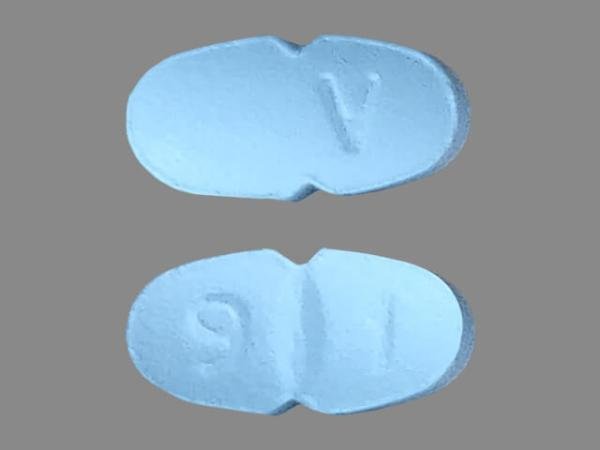Ivabradine Disease Interactions
There are 4 disease interactions with ivabradine.
Ivabradine (applies to ivabradine) conduction disturbances
Major Potential Hazard, Moderate plausibility. Applicable conditions: Arrhythmias
The use of ivabradine is contraindicated in sick sinus syndrome, sinoatrial block, or 3rd degree AV block, unless a functioning demand pacemaker is present, in those patients that are pacemaker dependent (heart rate maintained exclusively by the pacemaker), and in patients with resting heart rate less than 60 bpm prior to treatment.
Ivabradine (applies to ivabradine) hepatic impairment
Major Potential Hazard, Moderate plausibility. Applicable conditions: Liver Disease
Ivabradine is contraindicated in patients with severe hepatic impairment as it has not been studied in this population and an increase in systemic exposure is anticipated. No dose adjustment is required in patients with mild or moderate hepatic impairment.
Ivabradine (applies to ivabradine) hypotension
Major Potential Hazard, Moderate plausibility.
The use of ivabradine is contraindicated in those patients with blood pressure less than 90/50 mmHg.
Ivabradine (applies to ivabradine) renal impairment
Moderate Potential Hazard, Moderate plausibility. Applicable conditions: Renal Dysfunction
No dosage adjustment is required for patients with creatinine clearance 15 to 60 mL/min. Care should be exercised when using this agent in patients with creatinine clearance below 15 mL/min as no data are available.
Switch to professional interaction data
Ivabradine drug interactions
There are 426 drug interactions with ivabradine.
Ivabradine alcohol/food interactions
There is 1 alcohol/food interaction with ivabradine.
More about ivabradine
- ivabradine consumer information
- Check interactions
- Compare alternatives
- Pricing & coupons
- Reviews (27)
- Drug images
- Side effects
- Dosage information
- During pregnancy
- Drug class: miscellaneous cardiovascular agents
- Breastfeeding
- En español
Related treatment guides
Drug Interaction Classification
| Highly clinically significant. Avoid combinations; the risk of the interaction outweighs the benefit. | |
| Moderately clinically significant. Usually avoid combinations; use it only under special circumstances. | |
| Minimally clinically significant. Minimize risk; assess risk and consider an alternative drug, take steps to circumvent the interaction risk and/or institute a monitoring plan. | |
| No interaction information available. |
See also:
Further information
Always consult your healthcare provider to ensure the information displayed on this page applies to your personal circumstances.


